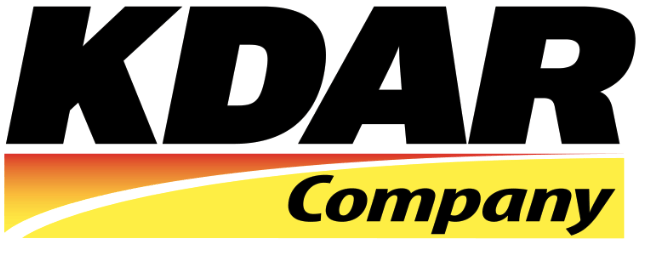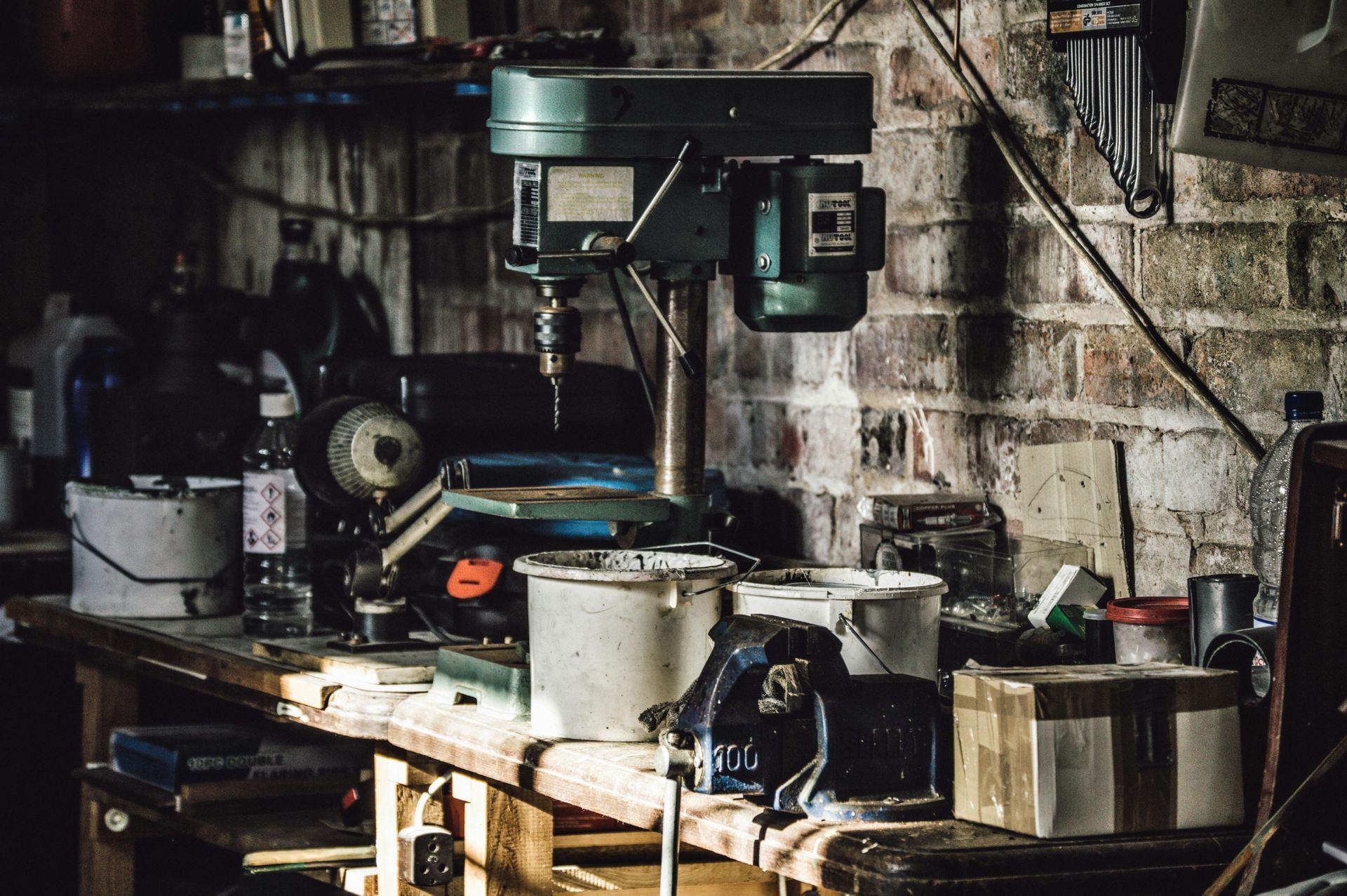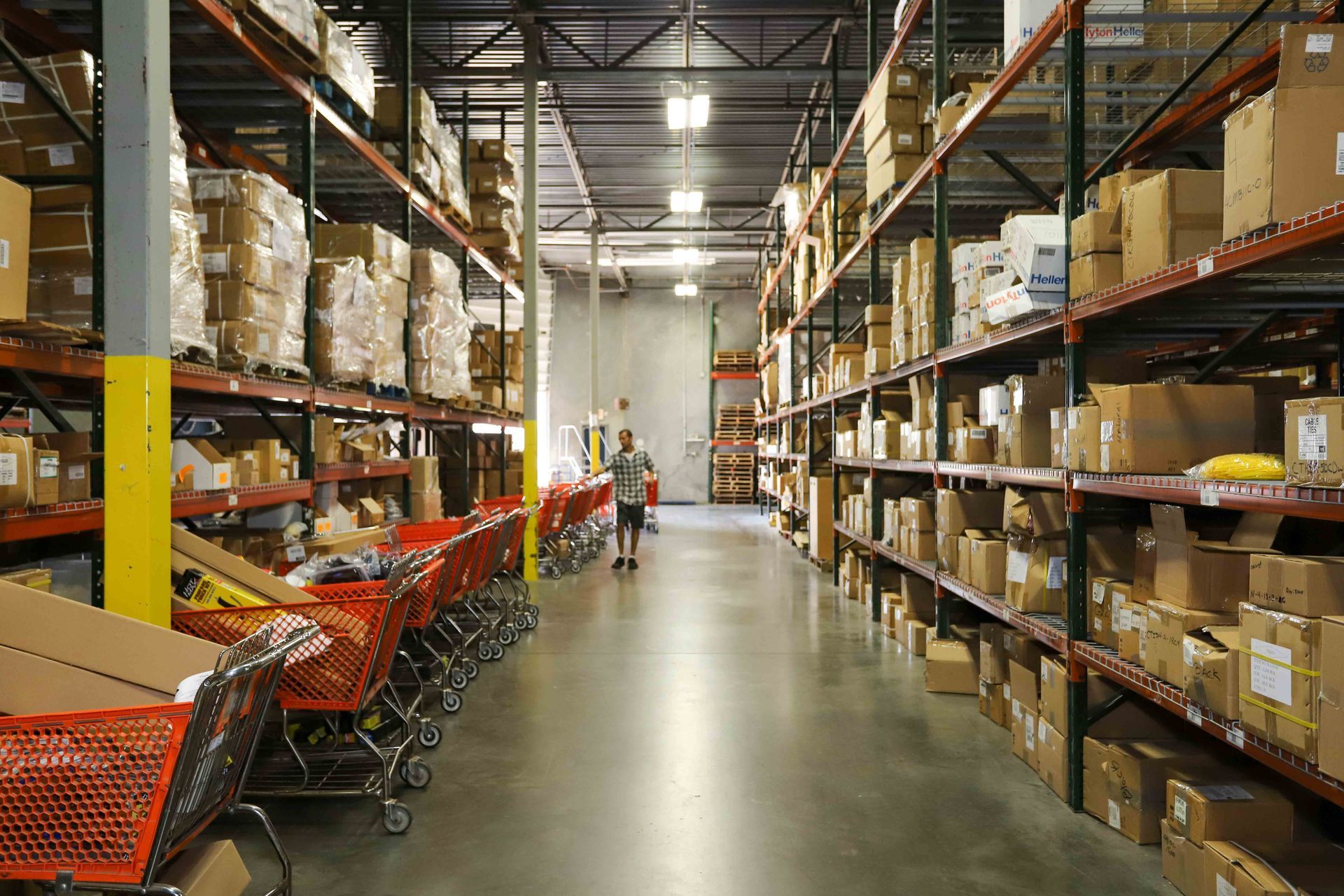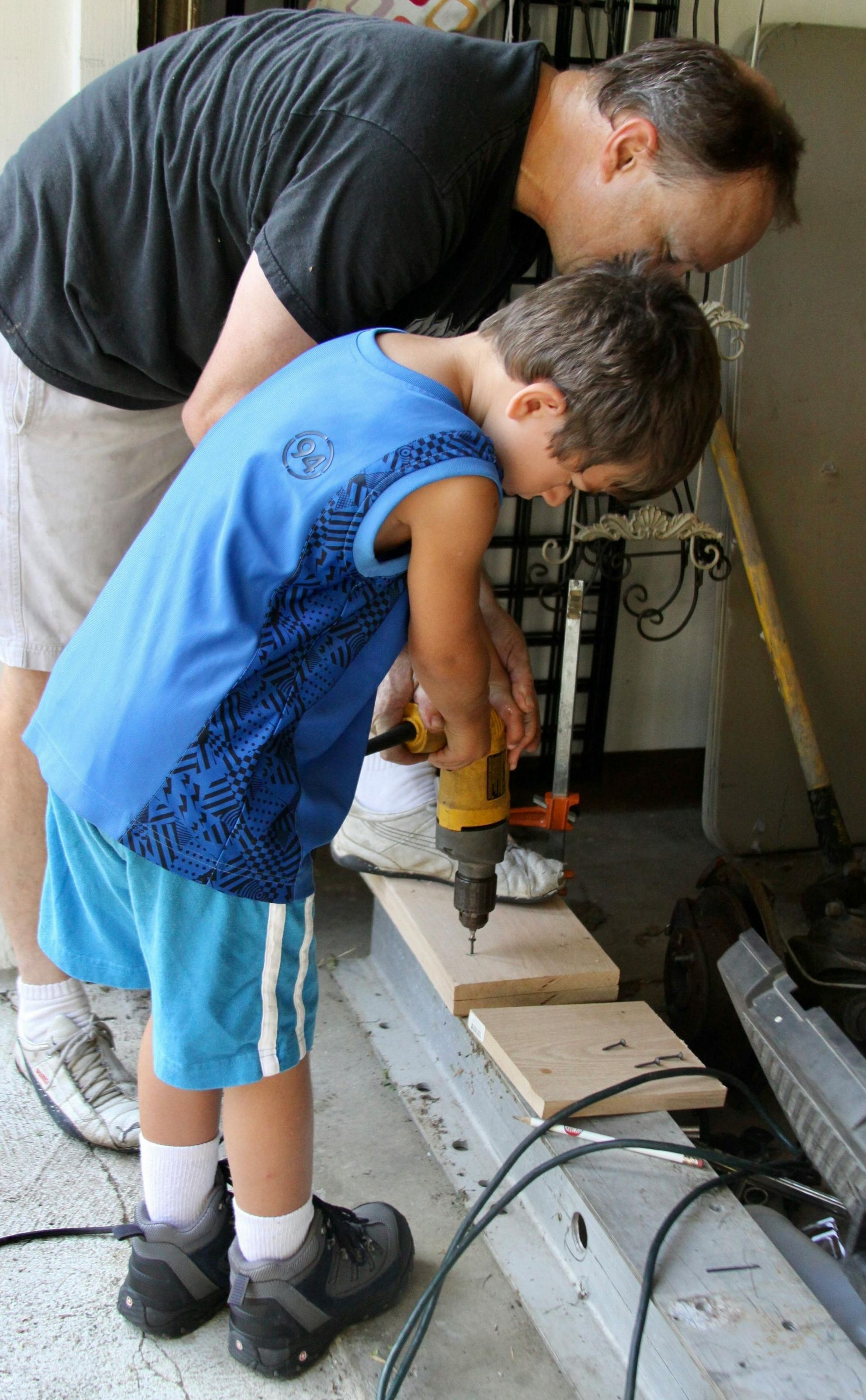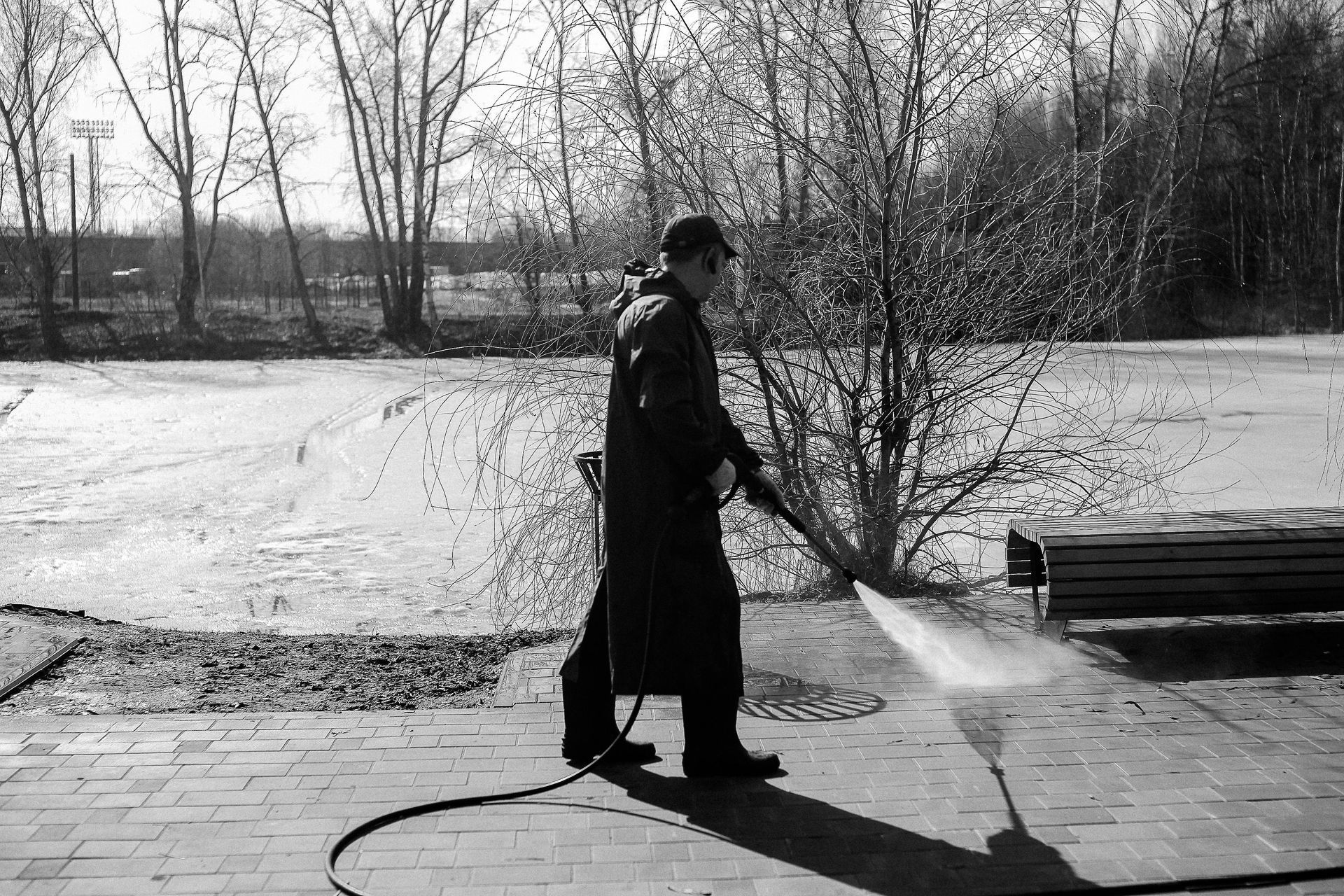Safely Organizing Your Warehouse with Cable Ties
Safety and organization are critical for efficiency and productivity in industrial environments like warehouses and worksites.
The cable tie is a simple yet highly effective tool that plays a significant role in maintaining order. Often overlooked, cable ties help secure wires, tools, and equipment, reducing hazards and streamlining operations.
Explore some of the ways that cable ties improve safety and organization in workplaces.
Enhancing Workplace Safety
Enhancing workplace safety is a primary concern for any warehouse or industrial site.
Loose cables, hoses, and wires scattered across floors are among the leading causes of workplace accidents.
By bundling and securing workers with heavy-duty cable ties, workers can move freely without tripping or getting entangled. Keeping pathways clear of obstacles significantly decreases the likelihood of injuries and ensures compliance with workplace safety standards.
Managing Exposed Wires
Exposed or tangled electrical wires in warehouses and industrial settings can pose serious risks, including electrical shocks and fires. Proper cable management with durable cable ties ensures that wiring remains organized, protected, and out of harm's way.
Managing cables effectively improves safety and prevents costly damage to electrical systems and equipment; this reduces downtime caused by electrical failures and enhances the longevity of crucial machinery.
Tying Down & Organizing Loose Materials
Loose tools and materials can cause injuries or damage machinery. Cable ties provide a quick and reliable way to secure lightweight tools, keep hoses in place, and organize equipment to prevent unexpected accidents.
With the proper use of cable ties, essential tools and materials can be kept in designated locations, reducing the risk of misplacement and ensuring workers can access what they need quickly and efficiently.
Improving Organization and Efficiency
Another significant benefit of using cable ties in industrial settings is improving organization and efficiency.
Well-organized cables, wires, and materials help employees find what they need quickly, reducing downtime. Proper cable management contributes to a clutter-free workspace, improving productivity and efficiency.
Workers who spend less time searching for tools or untangling wires can focus on their tasks, leading to smoother operations and increased output.
Implementing Color-Coded Systems
Many cable ties come in various colors, making it easy to categorize and identify different types of cables, tools, or storage areas; this helps employees locate the right equipment faster, reducing confusion and errors in busy workplaces.
By implementing a color-coded system, businesses can create a more systematic approach to organizing their workspaces, leading to better workflow and minimized errors.
Bundling Similar Materials
Cable ties are helpful for bundling materials such as pipes, extension cords, and inventory items; this saves space and helps maintain a neat and organized storage area, preventing misplaced or damaged items.
Keeping inventory secure and well-organized allows businesses to track supplies more efficiently, reducing waste and ensuring that necessary materials are always available when needed.
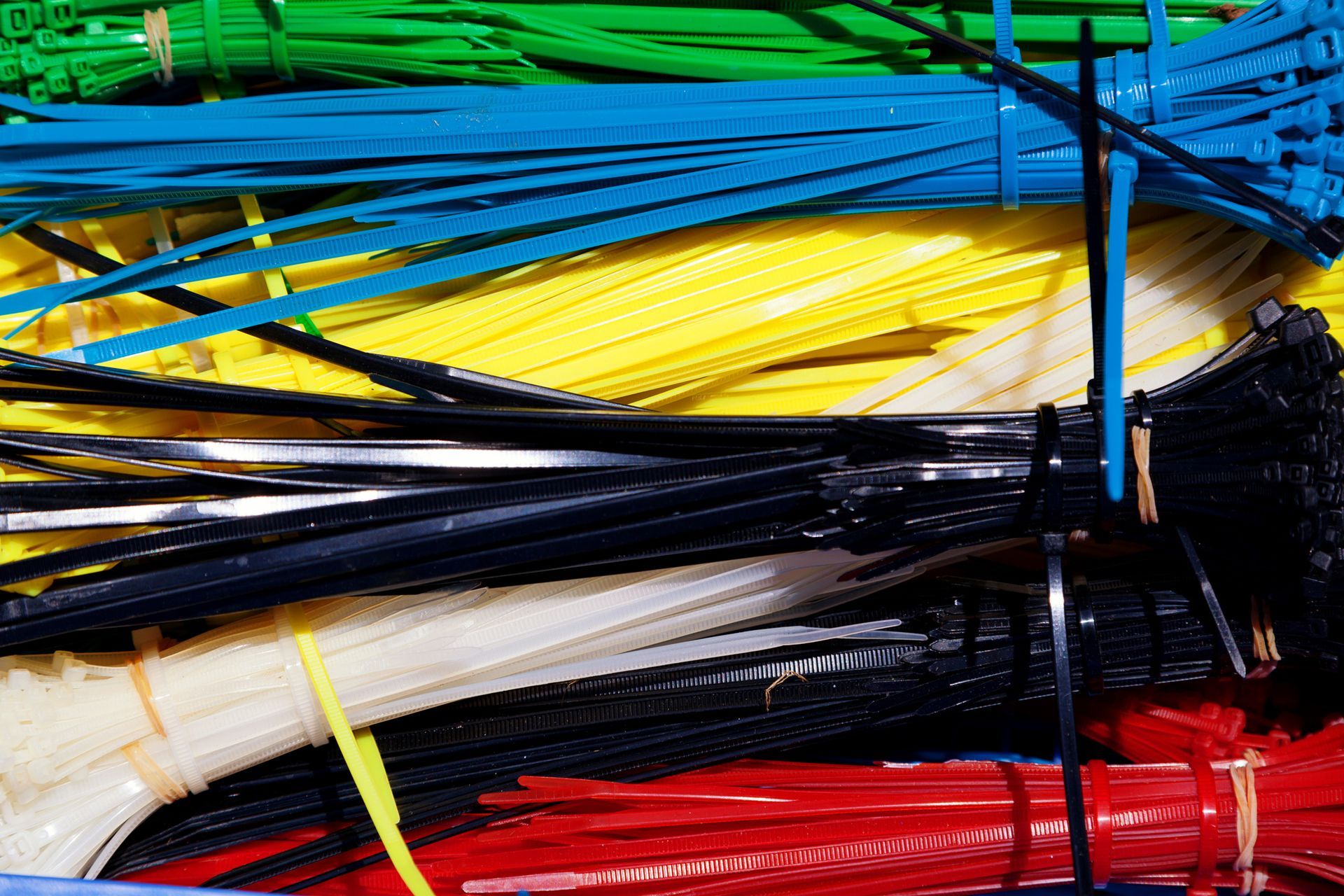
Choosing the Right Cable Ties for Industrial Use
Industrial-grade cable ties, such as stainless steel or UV-resistant nylon, can withstand extreme temperatures, moisture, and heavy loads. These are ideal for outdoor worksites, construction zones, and manufacturing plants.
These high-performance cable ties are durable and effective even in the harshest conditions, providing long-term reliability and safety.
Releasable cable ties provide flexibility for applications that require frequent adjustments. Workers can tighten, loosen, or reposition them as needed without constantly cutting and replacing ties.
Releasable cable ties' adaptability makes them a cost-effective and convenient solution for industries requiring frequent setup modifications.
Ensuring Compliance with Safety Standards
Many industries have strict safety regulations, including construction, warehousing, and electrical maintenance. Proper cable management with high-quality cable ties helps businesses meet safety compliance standards and avoid costly violations.
By ensuring that cables and equipment are securely fastened and organized, companies can minimize the risk of workplace accidents and remain compliant with industry regulations.
Cost-Effective and Easy to Implement
Cable ties are an affordable yet powerful tool that minimizes workplace hazards and improves efficiency.
Investing in bulk wholesale cable ties ensures businesses have a steady supply for everyday operations while keeping costs low. Their easy installation and quick application save time, allowing workers to focus on more critical tasks.
Cable ties' affordability and ease of use make them indispensable for businesses looking to enhance safety and organization without incurring significant expenses.
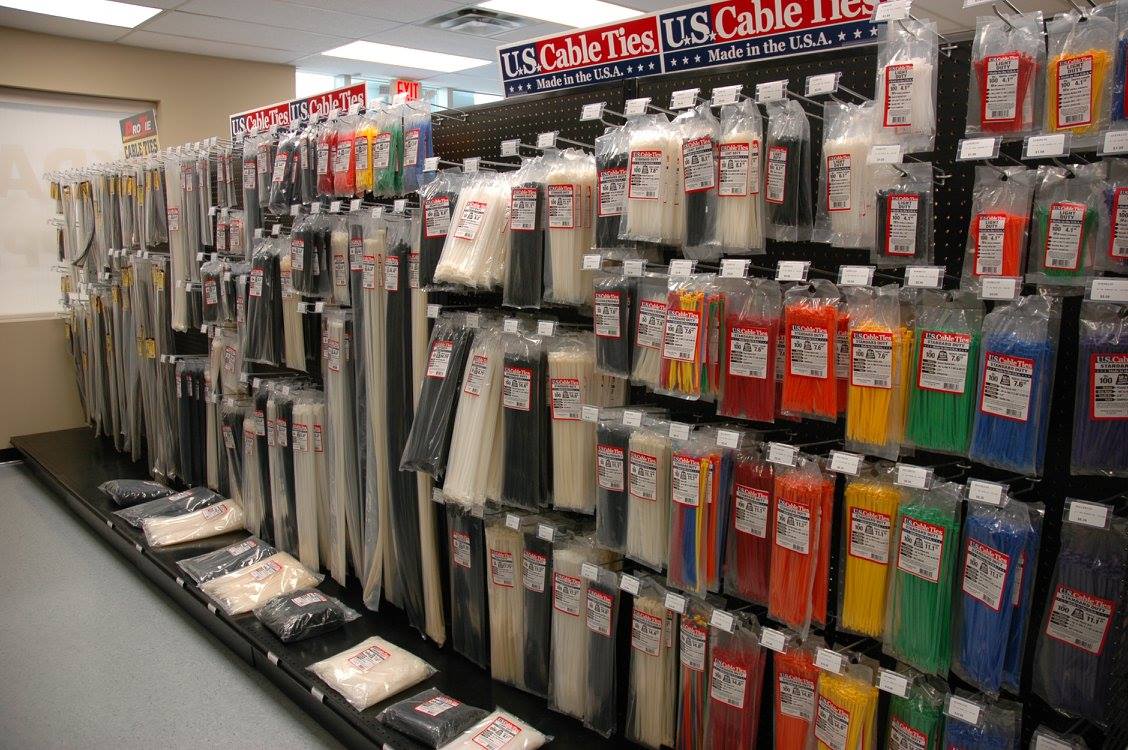
Connect With KDAR Company
Here at KDAR Company, we take seriously our role as a wholesaler of welding equipment, cable ties, and other related products.
Our retailers can trust us to provide dedicated service and industry expertise.
Contact us today to learn more about our offerings or to let our experts help you source the right equipment for your next project!
Interested in BECOMING A RETAIL PARTNER?
We’re here to HELP!
We want to know your needs exactly so that we can provide the perfect solution. Let us know what you want and we’ll do our best to help.
Contact Us
